Create reports in Access 2016 and use advanced reporting options
The report helps you organize and present data in a user-friendly, printable format that helps share information without having to grant database access. In this article, we'll learn how to create, edit, and print reports in Access 2016 and how to use advanced reporting options.
Create report in Access 2016
Access allows you to create reports from tables and query results.
Open the table or query the data you want to use to create the report:

Select Create > Reports group> Report :

Access will create a new report based on the object you choose. Part of the data may be on the other side of the page, change the width of the columns in the report so they are on one page.

Click Save to save the report.
Delete field in report:
Click any box in the field you want to delete, press Delete from the keyboard.
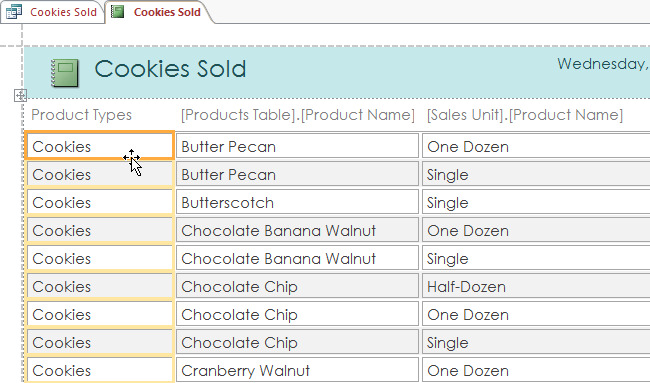
Then the field will be deleted. Make sure that the title of the field is also deleted, by selecting the title> press Delete on the keyboard.
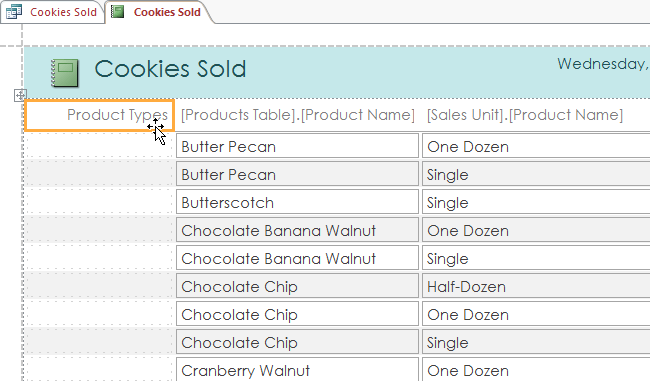
Print and save the report in Print Preview
To print your report to Home > View > select Print Preview from the drop-down menu, the report will appear on the printed page.
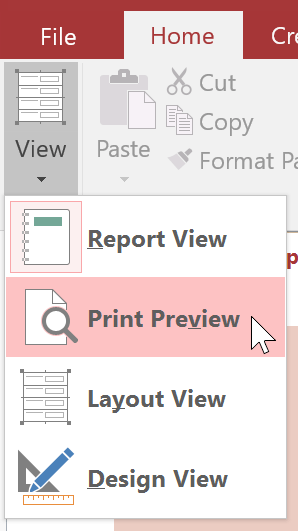
If necessary, edit the page size, width, rotate the page with the commands in Print Preview.

When finished, click Print, the print dialog box appears, adjust the printing options and click OK to print the report.
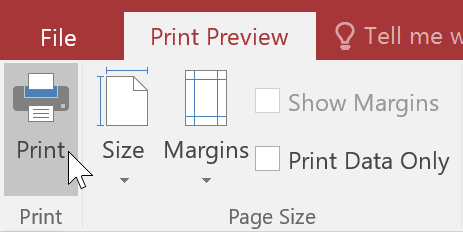
Save report
You can save the report in various formats such as Excel, text, PDF, HTML, etc. This is called exporting the report file. Thanks to this feature, you can view and edit the report to better suit your needs.
To export a report in Access 2016 you do the following:
In the Home > View > Print Preview tab> find the External Data group> select the file type, click More to see more options.

Select the folder you want to save the report> enter the name> Publish :
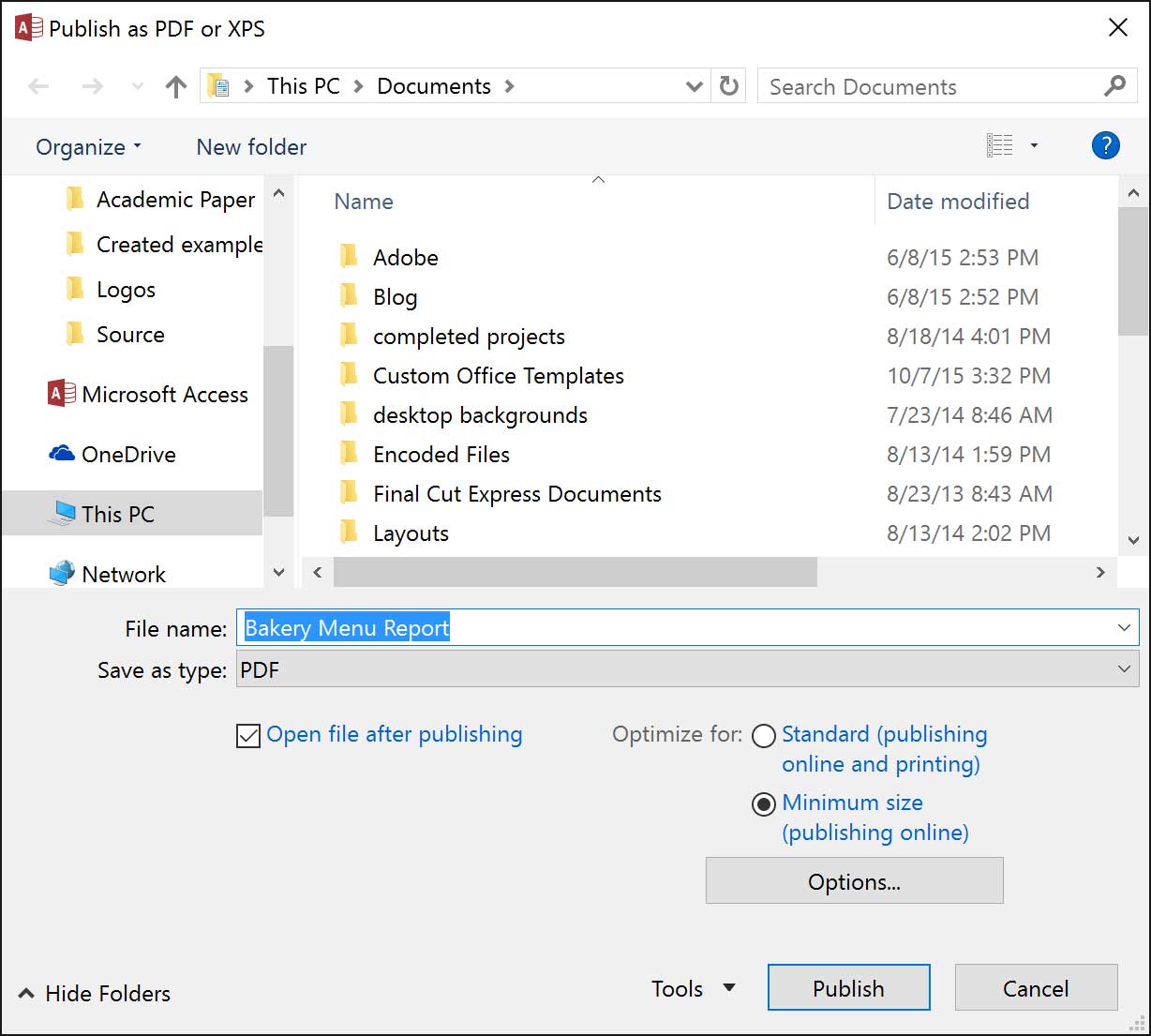
Advanced reporting options
Report Wizard:
This tool makes it easier to create reports from multiple tables and multiple queries.
In the Create tab> Reports group> Report Wizard :

The Report Wizard will appear.
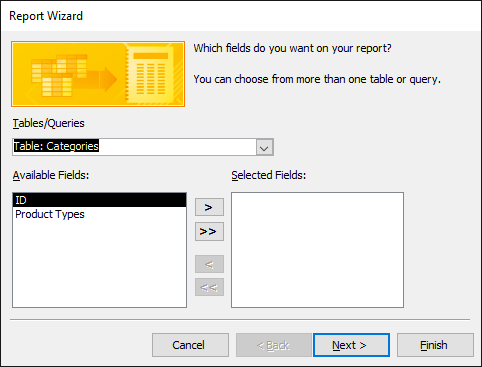
Select the field you want to appear in the report> click the right arrow> click Next :
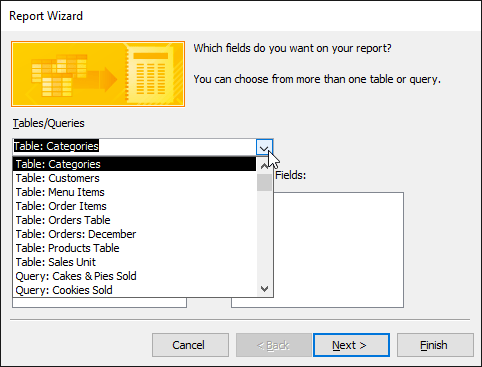
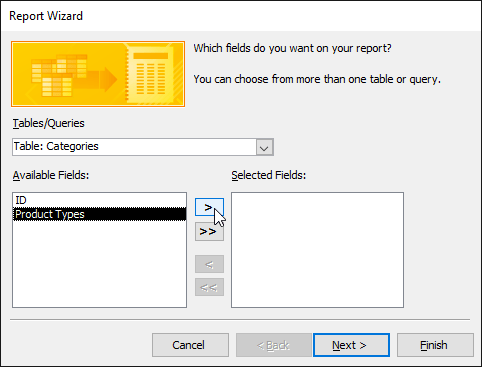
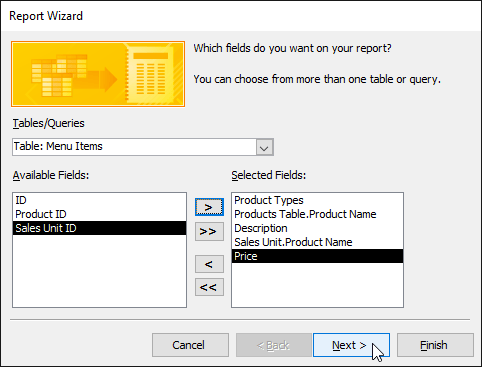
Presentation of the report:
If you only create a report from a table or a query, you can skip this step.
Select the option in the list to preview the report:
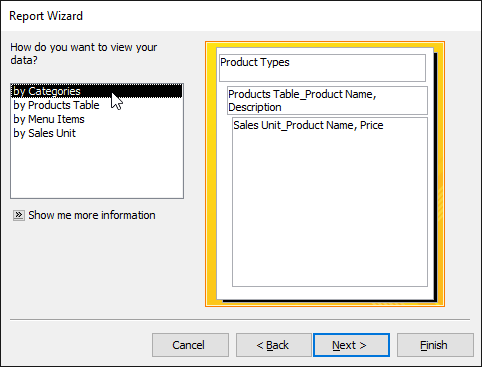
Click Next if satisfied with the presentation of the selected report. If not, you can customize group levels. Select a field from the list, then press the right arrow to add it to the new level.
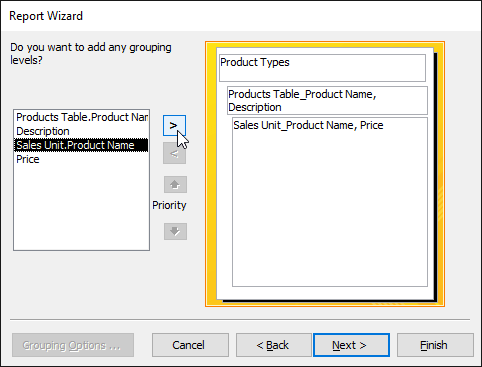
If necessary, you can modify the order of the grouped fields, by selecting the field and clicking the nose on Priority to move it up a step or down a step. Click Next when done.
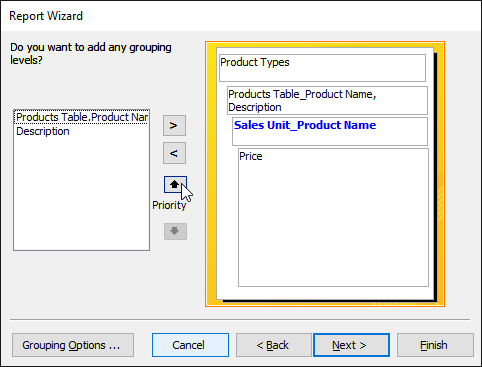
Sort data in reports:
Click the arrow as shown, select the name of the first field you want to sort, then select the Ascending or Descending sort on the right.
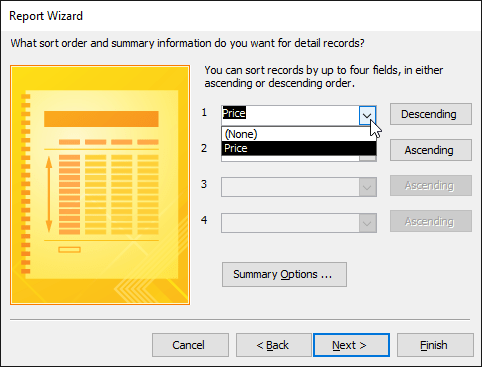
You can arrange up to 4 fields, the sort will be applied one by one from top to bottom, the first sort will be main. When satisfied with the layout you created, click Next .
Choose layout and report title
Click on the layout option to see what they look like, choose the one that's suitable for use.
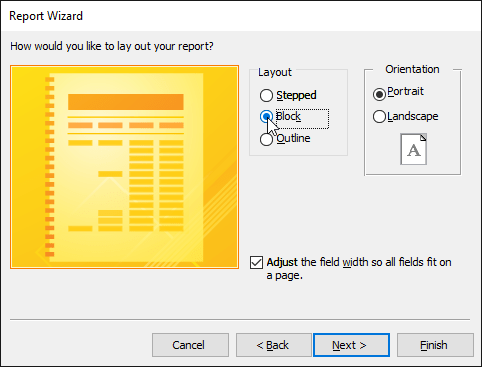
Select vertical or horizontal rotation for the report.
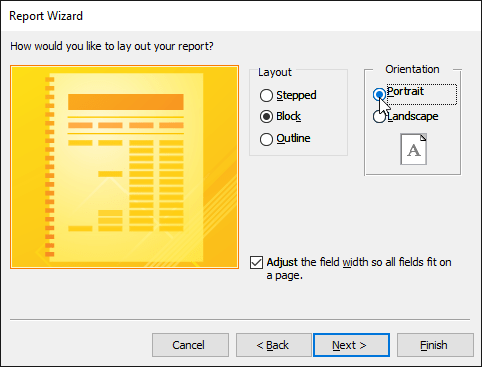
When satisfied with the layout of your report, click Next , enter a title for the report, select whether you want to preview or modify its design, and then click Finish.
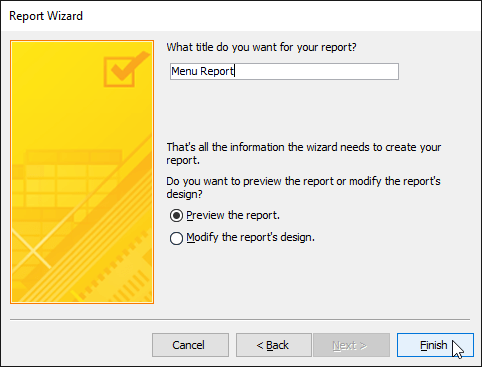
Report format
Like other applications in Office 2016, Access allows you to edit text colors, fonts, add images and more.
Edit the header and footer of the report:
To view and edit the header, footer of the report, select View > Design View . Headers and footers are placed in the blank section below the Page Header and Page Footer:
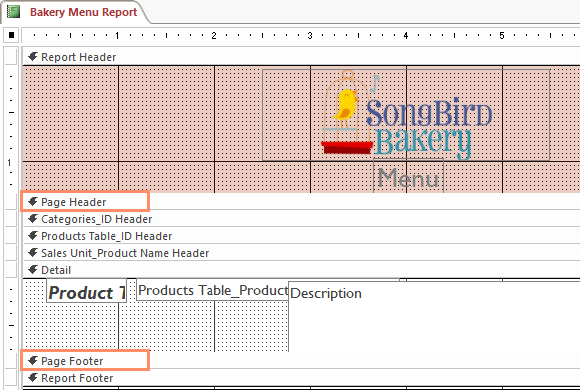
Depending on the design of the report, you will sometimes see no whitespace in the header and footer as shown. If this is the case, you must change the header size and footer before adding anything to it. Just click on the border and drag is okay.
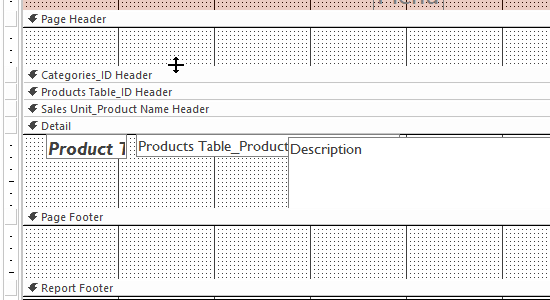
Add text to the header, footer:
Select the Design tab> Controls group> Label > drag the mouse in the white area to create a label, release the mouse when the desired size is reached.

Click on the newly created label to enter the text you need:
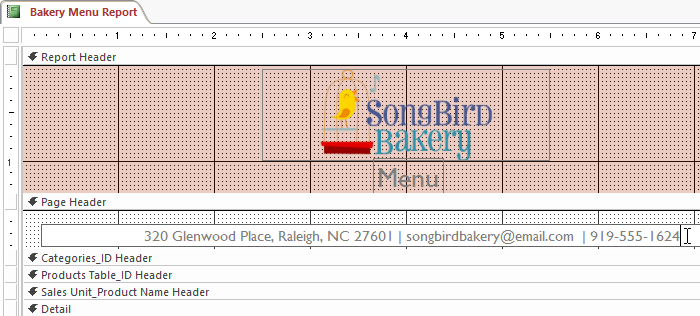
Adding dates to the header, footer:
In the Design > tab Header / Footer > Date and Time group :

The dialog box appears, select the preferred date format, click OK .
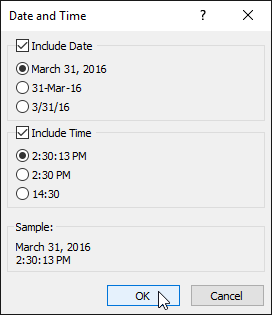
Add page numbers to the header or footer:
In the Design > Header / Footer tab > Page Numbers :

The Page Numbers dialog box appears. Under Format > Page N to display only the number of the current page or Page N of M to display the current page number and the total number of pages.
Under Position , select Top of Page or Bottom of Page so that the number of pages appears at the top or bottom of the page.
Click on the drop-down arrow and select the alignment for the page number. When satisfied, click OK.
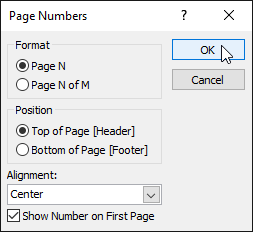
Customize the look of the report:
Add a logo:
Go to Design > View > Layout View tab from the drop down list:
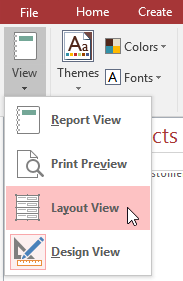
In the Header / Footer group> Logo

Select the logo you want to add> OK .
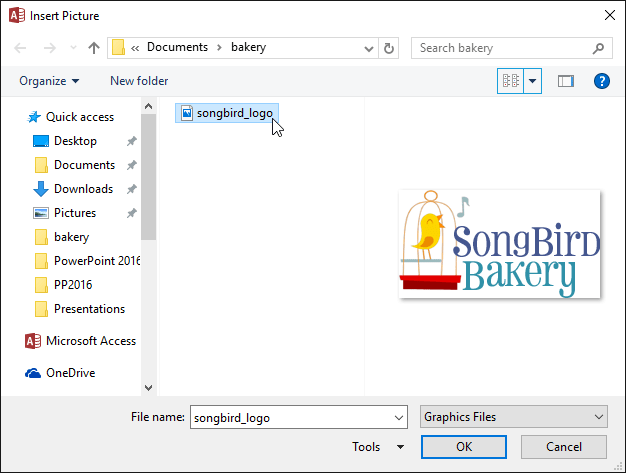
A small image of the logo will appear, drag to when the desired size is reached.
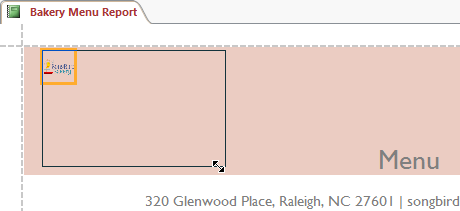
If necessary, move the logo to the desired location by dragging and dropping.
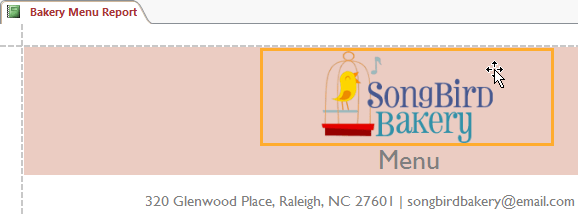
Change theme report:
Go to the Design tab> Themes > Themes group:

Select the theme you want:
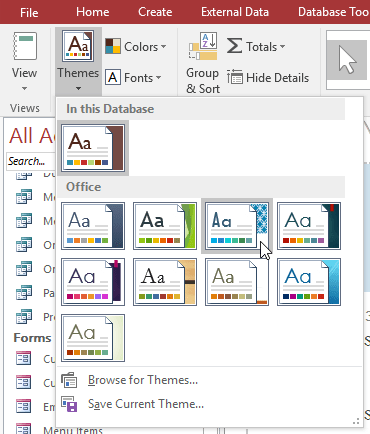
The theme will be applied to the entire database:
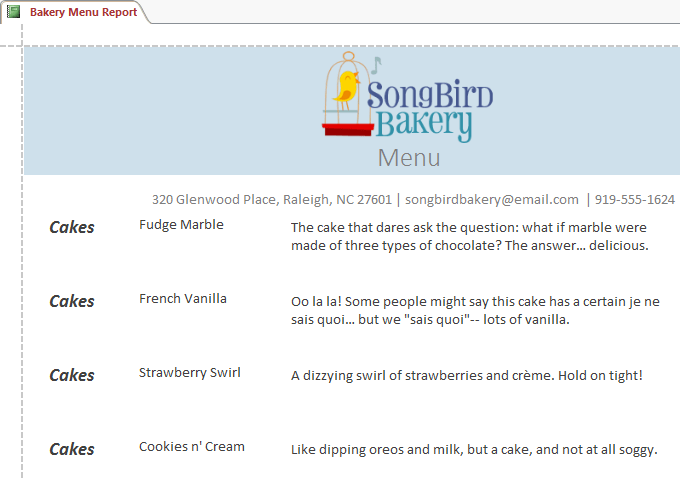
Change theme font:
In the Design tab> Themes group > Fonts :

Select the font you want:
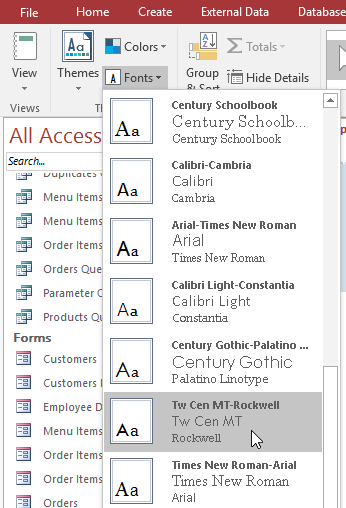
The font will be applied to the entire database:
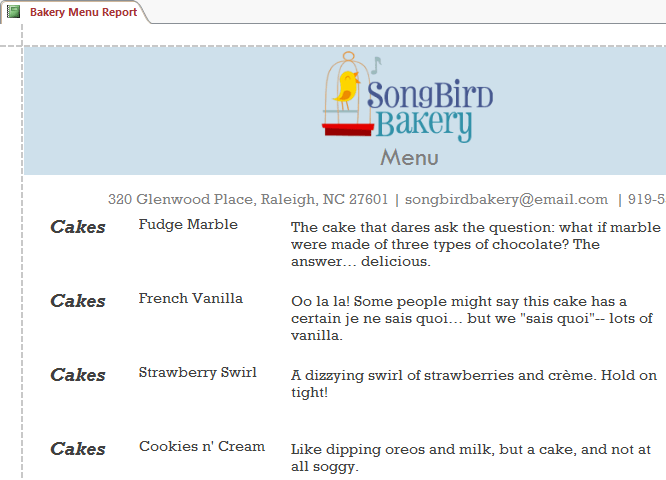
In the next lesson, we will learn how to edit the table in Access, select the data type for the field, limit the data, the number of characters for the data entered in the field, and how to set the error message for the user. when they enter the wrong data. Please read it.
Next article: Edit tables in Access 2016
Previous article: Options to create data queries in Access 2016
You should read it
- Options to create data queries in Access 2016
- Get familiar with Acccess 2016 interface and basic operations
- Edit tables in Access 2016
- Data types in Access 2016
- Calculation expressions in Access 2016
- Introduction to tables, queries, forms, reports in Access
- MS Access 2003 - Lesson 31: Creating a Report
- MS Access 2003 - Lesson 32: Using other Report Wizards
May be interested
- Reporting service in MS SQL Server
 the report is a presentationable component.
the report is a presentationable component. - How to Use Windows Advanced Boot Options to Troubleshoot Faster
 when your windows pc has problems booting, advanced boot options can help you figure out what's wrong.
when your windows pc has problems booting, advanced boot options can help you figure out what's wrong. - How to Automate Reports in Excel
 this wikihow teaches you how to automate the reporting of data in microsoft excel. for external data, this wikihow will teach you how to query and create reports from any external data source (mysql, postgres, oracle, etc) from within your...
this wikihow teaches you how to automate the reporting of data in microsoft excel. for external data, this wikihow will teach you how to query and create reports from any external data source (mysql, postgres, oracle, etc) from within your... - MS Access 2003 - Lesson 31: Creating a Report
 to get started with report wizard, make sure the reports tab is selected in the database window. then, double click on the create report by using wizard. access displays the report wizard dialog box as shown in figure 1.
to get started with report wizard, make sure the reports tab is selected in the database window. then, double click on the create report by using wizard. access displays the report wizard dialog box as shown in figure 1. - 6 ways to access the Boot Options menu in Windows 10
 windows 10 offers many interesting features and advanced boot options, to fix many problems in windows 10, one of them.
windows 10 offers many interesting features and advanced boot options, to fix many problems in windows 10, one of them. - MS Access 2007 - Lesson 12: Design Forms
 forms allow you to control the interface of the data entry screen and the generated reports. in this article, we will show you how to create a form and view the form in access 2007.
forms allow you to control the interface of the data entry screen and the generated reports. in this article, we will show you how to create a form and view the form in access 2007. - How to create a Wi-Fi or WLAN Report history in Windows 10
 have you ever had trouble accessing the internet? windows 10 supports automatic creation of comprehensive reports on web access history with your wireless network.
have you ever had trouble accessing the internet? windows 10 supports automatic creation of comprehensive reports on web access history with your wireless network. - 8 ways to open Advanced Startup Options on Windows 10
 by navigating to advanced startup options, you can reset windows 10, restore windows 10, restore windows 10 from an image file you created previously, fix startup errors, open command prompt to perform options choose different, open uefi settings, change startup settings....
by navigating to advanced startup options, you can reset windows 10, restore windows 10, restore windows 10 from an image file you created previously, fix startup errors, open command prompt to perform options choose different, open uefi settings, change startup settings.... - Fix Advanced Options without Command Prompt
 tipsmake has suggested in detail how to fix when advanced options does not have command prompt. check it out now!
tipsmake has suggested in detail how to fix when advanced options does not have command prompt. check it out now! - Options to create data queries in Access 2016
 in this article, we will learn how to modify and sort queries in query design view, as well as how to use totals functions to create queries that can compute data. you will also learn more about other query options in access 2016.
in this article, we will learn how to modify and sort queries in query design view, as well as how to use totals functions to create queries that can compute data. you will also learn more about other query options in access 2016.










 Edit tables in Access 2016
Edit tables in Access 2016 How do computers read documents to you?
How do computers read documents to you? Instructions for printing two-sided paper in Word, PDF, Excel
Instructions for printing two-sided paper in Word, PDF, Excel How to use Hlookup function on Excel
How to use Hlookup function on Excel How to use the Convert function on Excel
How to use the Convert function on Excel Calculate the total value of the filtered list in Excel
Calculate the total value of the filtered list in Excel